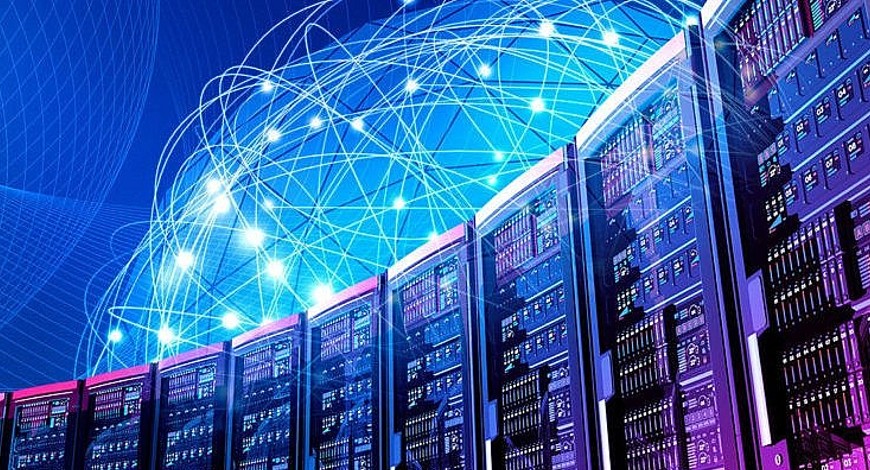5G
5G rollout crucial to India edge data centre investments, Dell Technologies

The expected rollout of 5G is playing an integral role in edge data centre investments in India, said a senior executive of Dell Technologies.
This year, consumption-based models, edge computing, and multi-cloud environments will flourish, said Srinivas Rao, senior director of system engineering at Dell.
The ‘do-anything-from-anywhere’ economy requires a highly complex IT system capable of managing the exponential data that it generates, he added.
Emerging technologies like edge computing, 5G, artificial intelligence (AI) and machine learning (ML) are increasing the discovery of insights from data and the digitization of key business processes, he said.
By 2025, most of this data will be processed outside a traditional data center or cloud.
Edge solutions will become the most feasible option for real-time data processing and for harnessing data-driven insights at or near the source of data generation, Rao said.
“As IT infrastructure becomes more dispersed, Dell will focus on simplifying and modernizing, while reducing infrastructure costs,” he said.
“Modern data management is set to change. Most of the world’s data is predicted to move out of the public cloud environment where non-real-time, centralized data is being managed. We anticipate that the entire data management ecosystem will develop and utilize edge IT capacity at the ingress and egress of their data pipelines, and remotely process and digest data on the edge,” he said.
Egress implies traffic that exits an entity or a network boundary, while ingress is traffic that enters the boundary of a network.
Dell estimates that as the data management ecosystem extends to the edge, the number of edge workloads will continue to grow dramatically, and data management will become an untried class of workload.
“Edge computing is one of the core components of the industrial Internet of Things,” Rao said. “It plays a significant role in accelerating the journey towards industry 4.0 adoption.”
Automated decision-making solutions were one of the factors driving the growth of edge computing, Rao said.
Compute platforms at the Edge are likely to provide lightweight designs that can be successfully deployed despite spatial, environmental, power, and connectivity constraints. These designs are more secure and can support applications that demand insights in real-time, he added.
One of the biggest challenges is enterprise IT infrastructure being overwhelmed by the sheer volume of data generated for analysis, Rao said.
Too many organizations, he said, were trying to develop edge-specific technologies, operations, and architectures independent from those that already exist in their local data centres and the cloud, and the further organizations go down this path, the less likely they will be able to absorb innovations, contain costs, maintain security, and avoid complexities with vendor management.
“Hence, in this competitive landscape, to provide the best-in-class experience to their customers, organizations need to manage data effectively to extract maximum value from the edge to the cloud,” Rao added. TechiAI















You must be logged in to post a comment Login